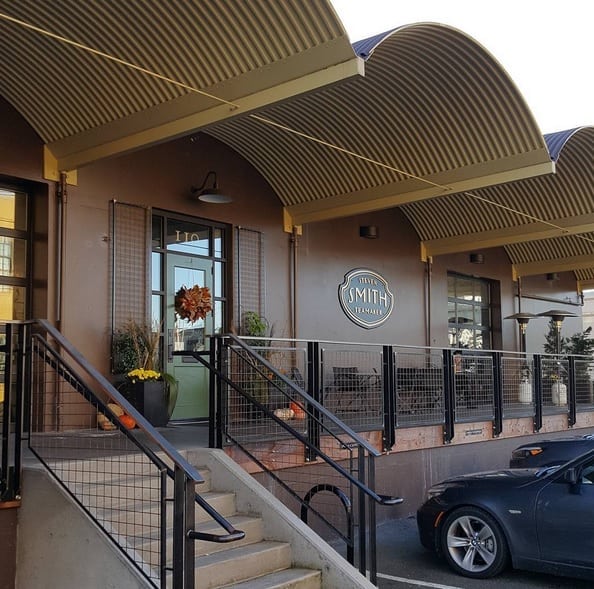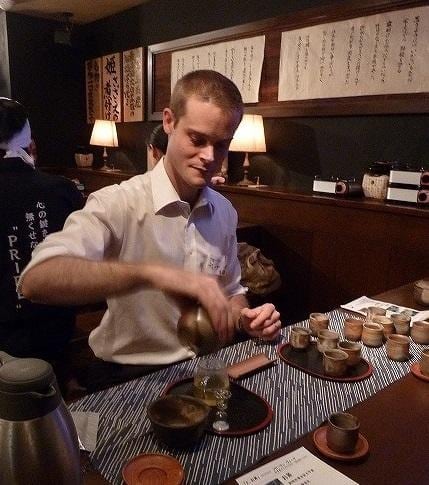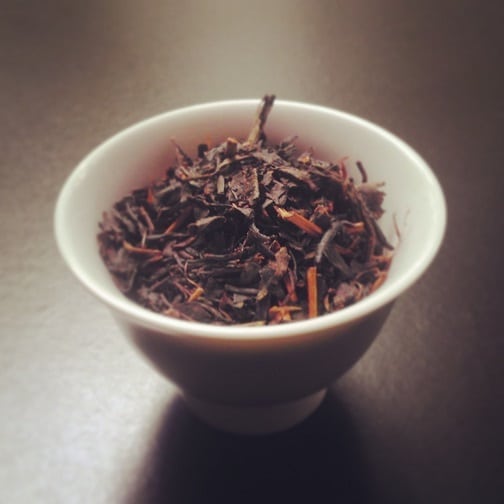I was one of those kids that tuned out in English class. Several years later, I received my degree in English. That pretty much tells you all you need to know about me in two sentences. I never read a single book assigned in any literature class I was in. I relied on Cliff’s Notes, movies, and summaries on the Internet for any minutiae about the material. Anything to keep me from reading the actual book.

Reason being? I was a slow reader. It took me over a week to get through one 300-page book. When the average book assignment turnaround was – oh – two days? That didn’t leave me a lot of time to catch up. That is, unless I wanted to devote whole days to digesting the books in bulk. I didn’t have that kind of time; I was too busy being a college student (i.e. partying).
The Great Gatsby showed up at least twice in my college “career”. The material didn’t interest me in the slightest. In summary: Blank-slate narrator has totally hetero fascination with his larger-than-life rich neighbor, who in turn has an interest in blank-slate’s second cousin. Grandeur, posturing and tragedy ensue. I’m not big on tragedies, and – aside from Hermann Hesse – I had no interest in non-sci-fi books pre-dating…uh…me.
When I learned that the flashy Australian director, Baz Lurhmann, was doing a version starring Leonardo DiCaprio as the title character, I took notice. Baz makes shiny movies, and I like shiny things. Moulin Rouge – to me – is still a wonderful, if flawed, musical masterpiece. His take on Gatsby seemed equally as glitzy. Granted both that and Moulin Rouge were tragedies at their core, but they were so on an epic scale. Almost Shakespearean in their gravitas. That I can get behind.

Early reviews poured in claiming that – while true to the source material – it was a flashy spectacle with very little heart. That didn’t dissuade me any. I saw it with friends this last Tuesday, and…
I dug the heck out of it. Sure, it was just as much a spectacle as was claimed. Granted, it probably had the emotional sincerity of a toaster oven. But, from what little I remember about the source material, so was the damn book. The story was supposed to be about the empty lives of the 1920s elite – all personified by a man (Gatsby) pretending to be something he was not. His motivations may have been pure of heart – “Wuv, twue wuv!” – but the role he chose to embody eventually consumed him. In that way, I found the whole affair – to coin a hipster adage – “meta”.
An odd thing happened, though.
I found myself relating way too closely to the narrator – Nick Carraway. His role in the book was mainly that of a cypher, a means for the audience to observe the events as they unfold. He has very little motivation himself. Even his surname states as much. Carraway…carried away, get it? Tobey Maguire nailed this role, and succeeded in giving the blank-slate some much-needed (if pathetic) characterization. The focus of his attentions is on that of the eccentric Jay Gatsby and his struggles of the heart.

Like Carraway, I too am poorer than most of my friends, and oftentimes am swept away on adventures with their patronage. Some of my tastes may be sophisticated, but in the end my budget is too modest to experience them outright. If I had a “Gatsby” to emulate, it would be – not a person – but a thing. And that’s where tea comes in. Yes, this does (somehow) come back to tea.
Several months ago, I read an article about barrel-aged teas. Smith Teamaker’s Méthode Noir was front and center, but another company was also mentioned – Rare Tea Cellar. I’d never heard of this outfit before, but they had an entire product line devoted to barrel-aged teas. Including one I never thought I’d ever see mention of, a whiskey barrel-aged Lapsang Souchong. I’d mused on how wonderful that combination would be. Pine smoke and peat moss just seemed like a match made in heaven.

Rare Tea Cellar’s Barrel Aged Forbidden Forest Lapsang Souchong was aged for six-to-nine months in a Willet rye barrel. I’d had many a fancy-schmancy whiskey, but I’d yet to try rye whiskey. Funny, considering how many rye whiskey barrel-aged beers I’d consumed. The problem was the price tag. A quarter pound was $40. Not the worst I’d seen for a rare type of tea…but well out of my budget.
That’s when I decided to play the tea blogger card. I don’t always feel comfortable doing so, but time and tea wait for no writer. I contacted RTC expressing an interest in doing a feature on the Forbidden Forest, weaving it into one of my usual quixotic narratives. They happily obliged the request. I received samples a few days later.

When I received it, the first thing I wanted to do was smell the bag. It’d been a long time since I beheld the hickory and campfire scent of Lapsang Souchong. I was like an addict in a fit of withdrawal. It was a very Carraway-esque reaction. I tore it open and whiffed smoke…and something else. The smoky aspect was there, but nowhere near as pronounced. Another aroma rounded out the olfactory sensation – peat moss mixed with…bread? The medium-cut, brown leaves had given me a mystery. A wondrous one.
The first time I brewed it up, I did 2 tsps. in a 16oz. glass of boiled water for three minutes – my usual start for any black tea. That…actually proved to be a little too light. While it had somewhat of a desired effect, it was lacking something. The second time around – a few weeks later, a mere day before seeing Gatsby – I went for a full five minutes. Let’s just say…
It brewed up brown-‘n-copper with a smoky/woody lean on the scent. As for taste, holy hell! It was all gentle Lapsang burn on the front, peat and smoke on the top note, and rye on the slide toward the finish. That and there seemed to be an oddly sweet underpinning throughout – maple-ish, even. This was the perfect sophisticated man tea.

I was Carraway, and this tea was my Gatsby. Grandiose, sophisticated, and full o’ smoke. Unlike Gatsby, this was truth in a cup. And my poor-arse self was consuming it like a gentleman. Also, like Carraway, my first instinct was to write about it. I may be poor, humbled often, and lacking ambition…but that doesn’t mean my cup isn’t worth a thousand words.

(No, seriously, I just past the thousand word mark. Awesome.)
To buy Rare Tea Cellar’s Barrel Aged Forbidden Forest, go HERE.
















